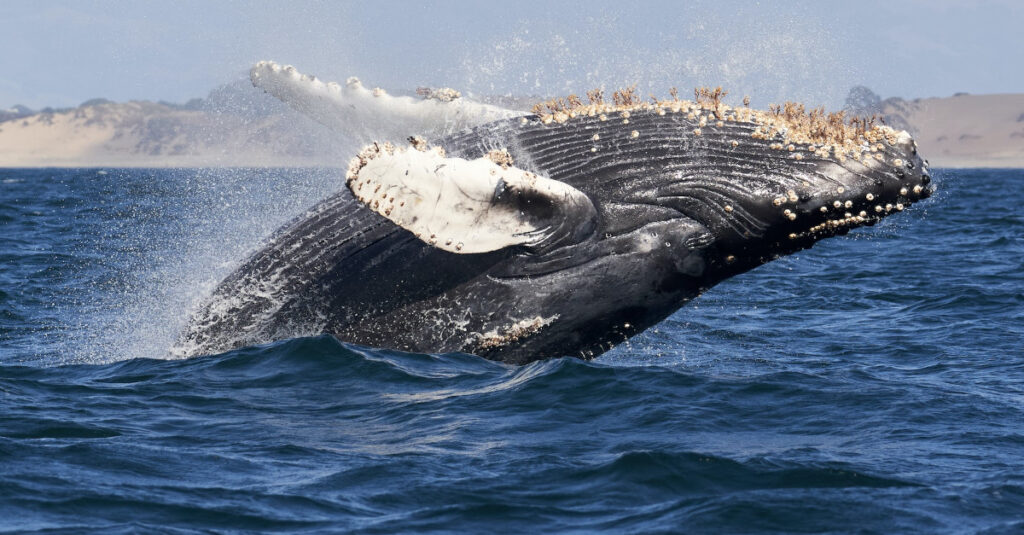Researching Earth’s largest animal is not for the faint of heart, writes Newsmax. Scientists have largely been unable to study whales, and especially their biological systems, due not only to their size, but also to their habitat. Researchers have found innovative and ethical ways to learn more about these creatures despite these roadblocks. Researchers at the University of British Columbia recently modeled the circulatory system of a whale while swimming using computer models.
Blood flow is essential to understanding how such large mammals can swim without breathing for such a long period of time. A change in blood pressure allows mammals’ blood to be pumped throughout their bodies. Blood moves from one side to the other when there is a pressure difference. Oxygenated blood leaving the heart or leaving the arteries often has a higher blood pressure than blood entering the heart or veins. When an animal exerts itself, the blood flow process is interrupted.
The authors of the research paper refer to sudden movement or exertion as ‘locomotion,’ which can spike blood pressure. Blood passing through the brain can suffer brain damage due to these spikes, termed ‘pulses,’ because they can cause a difference between blood entering the brain and leaving it. Dementia is often one of these long-term damages.






